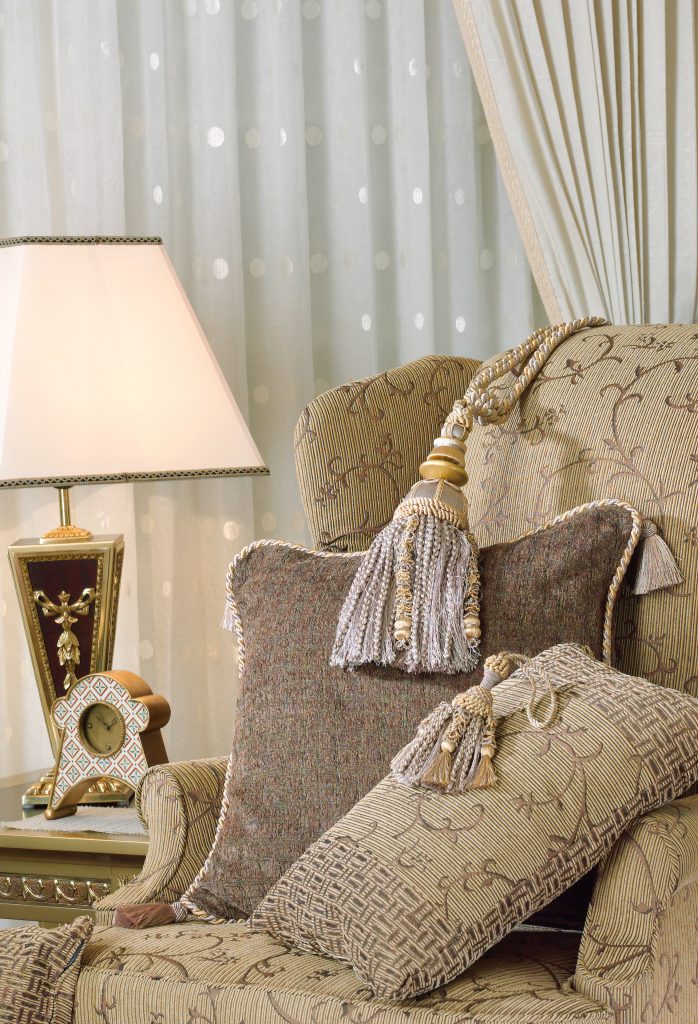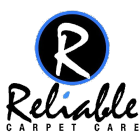
The useful life of upholstered furniture can be increased if the consumer follows a few simple fabric protection rules.
Vacuuming
Weekly vacuuming or light brushing helps to remove soil and protect fabric from the embedding of dirt or grime between fibres which can increase abrasion and wear.
Cushion turning
The life of upholstered cushions can be increased through periodic turning. The weekly reversal of loose cushions will allow even distribution of wear over time.
Fabric protection
Fabric protection helps to increase the useful life of upholstered furniture by protecting fabrics from soil and stains. Some fabric protections are mill applied and others can be applied in the store or at home.
A protective finish does not eliminate the necessity of proper fabric care. Rather, it modifies the absorbency and soil removal characteristics of a fabric. It does not put a plastic cover on it. Loose dirt should be vacuumed and brushed away before it becomes embedded and harder to remove. Spills and stains should be cleaned away quickly following manufacturer’s fabric care code instructions for furniture cleaning.
Cleaning codes
Codes are listed on furniture tags to assist consumers with appropriate care. (Hint: Look under the seat of your dining room chairs.) Since the dyes or backings on some upholstery fabrics will be affected by water or spot cleaners, the cleaning code tells which cleaning method is safest for your fabric If your furniture is not coded, test the fabric for damage or colour change on a hidden part of the furniture before spot cleaning. The codes are as follows:
- W: Spot clean with the foam only of a water-based cleaning agent such as mild detergent.
- S: Spot clean using solvent only. Use sparingly in a well-ventilated room. Use water-based solvent cleaners. They may cause spotting and/or excess shrinkage. Water stains may become permanent.
- S-W: Spot clean with solvent or water-based foam.
- X: Clean fabric only by vacuuming or light brushing to remove soil. Do not use liquid cleaning agents of any type.
Blot up stains as quickly as possible, working inward from the outside so as not to spread the stain. DO NOT RUB. Prompt attention to stains increases success in removing them.
You can also purchase upholstery protectors to keep your furniture from becoming stained or dirty. If you buy your furniture brand new, the fabric is generally pre-treated. However, over time this protection will wear off, and used furniture will likely not have it.
If you are not sure about how to clean your furniture, or the codes are not available, it is best to call a trusted and experienced professional cleaner. The furniture industry also recommends professional cleaning when overall cleaning is necessary.
Caution: Never remove cushion covers for separate dry cleaning or washing. Any cleaning method that requires the removal of the covers from the cushions can destroy the backing, shrink, or otherwise damage upholstery fabric.

